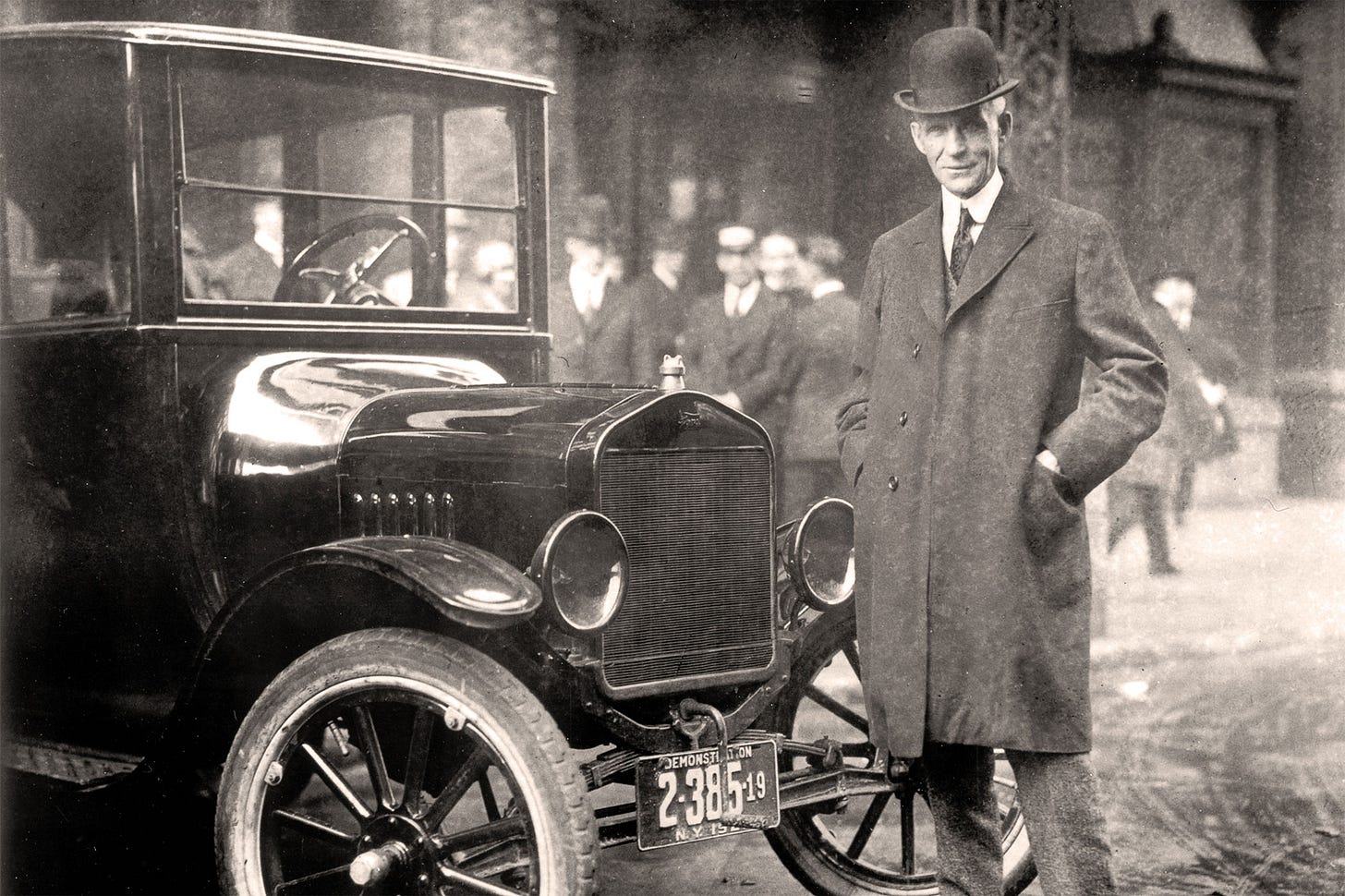Back in the hunter-gatherer days, people worked only when needed.
Hungry. Hunt. Chill. Repeat.
That was the cycle.
But when we discovered the art of farming 10,000 years ago (aka the Agricultural Revolution), work evolved from the unpredictable chase of wild animals and fruits to the more certain rhythms of planting and harvesting.
Then, in the late 18th century, there was another shift: the Industrial Revolution. This saw a move from agrarian economies to industrial and manufacturing ones. Work was no longer tied to the land, daylight and the seasons but to machines and factory timetables. Thus, workers faced long hours - 16-hour days, six days a week, became the norm.
But in 1926, Henry Ford made a bold move, reducing the work schedule of Ford’s employees to five eight-hour days while increasing weekly wages. A rested worker, he thought, was a more efficient and productive worker. More importantly, he believed that if workers had more leisure time, they would have more time to consume. This meant they'd be more likely to spend money on goods, including cars.
Ford set a precedent that many other companies would eventually follow. In 1938, the U.S. Congress passed the Fair Labor Standards Act, establishing a maximum 44-hour seven-day workweek (amended to 40 hours in 1940).
In the years that followed, the five-day, 40-hour workweek became the global standard, which it remains to this day.
The moral of the story is this: If you feel a pang of guilt about playing golf during office hours on a Tuesday, remember that you are a hunter-gatherer and that the 40-hour work week is a construct designed by Henry Ford to sell more cars. So swing away.
If you enjoyed today’s article, please SHARE it ✉️ with a friend.
Otherwise, please LIKE it ❤️.
Thanks for reading. Have a super weekend.





This makes me keen for some golf. How's next Tuesday?
I’m already climbing Table Mountain on Thursday